Introduction: What is Website Development and How Is the Web Landscape Changing?
Website development can be a simple or tedious process depending on the information you have. In this blog, we cover everything you need to know about web development. It usually involves the following steps:
- Planning: The first step in web development is to plan out your site and identify what you want it to do.
- Designing: Once you have planned your site, the next step is to work on the design.
- Developing: Once the design has been finalized, developers can start building your site by coding the pages and integrating them with each other.
- Testing: After the site has been developed, developers should test their work before releasing it to users.
The web landscape has changed a lot over the years. There was a time when HTML and CSS were the only languages used for web development, but now there are many other languages and frameworks that can be used. The introduction of JavaScript and jQuery has made it possible for developers to add animation effects and other interactive elements to websites.
The 6 Top Web Development Trends in the United States
The U.S. is the largest market for web development services in the world, and it’s only getting bigger. The U.S. is also a hotbed of innovation, which means that new trends are emerging all the time in web development and design in this country. We’ve compiled some of the most relevant trends to watch out for so you can stay ahead of your competition in 2023 and beyond!
1. Progressive Web Apps:
Progressive web apps are websites that have been optimized to be more engaging and easier to use on mobile devices than traditional websites. They’re a hot topic in the IT world, with developers recognizing their importance for the future of the internet. Progressive web apps are also emerging as a new way for companies to differentiate themselves from competitors by providing features like push notifications, offline availability, and complex app-like functionalities that would typically require native development—all of which can be accomplished with modern web technologies.
2. AI Chatbots:
A chatbot is a computer program designed to simulate conversation with human users, especially over the Internet. They are created to automate tasks that would normally be done by humans. They can be used in many ways, including customer service, sales, and marketing. The use of chatbots has grown exponentially in recent years because of the rise of smartphones and other mobile devices, which have made it easier for people to access them through instant messaging on social media or texting apps.
There are currently around 300k chatbots on Facebook Messenger alone!
3. Dark mode:
The Dark mode is a feature that darkens the background of a device’s screen and typically reduces the amount of blue light emitted. It provides a more visually appealing experience for users who are looking for more comfort when reading text on their screens.
Blue-light exposure has been linked to disruption of circadian rhythms, according to research. This disruption can make it harder to fall asleep and may lead to sleep deprivation.
4. Responsive Site Design:
Responsive web design, or RWD, is a web design approach aimed at crafting sites to provide an optimal viewing experience-easy reading and navigation with a minimum of resizing, panning, and scrolling across a wide range of devices (from desktop computer monitors to mobile phones).
RWD is not a single technology but rather a collection of techniques that will ensure your website looks great on any device. This means that you don’t need to create multiple versions of the same website for different screen sizes. In fact, the best responsive designs are created without any pixel pushing at all-just HTML and CSS.
5. Motion UI:
Motion UI is a software tool that allows users to create interactive animations and transitions. It is a UX design app that helps in designing the interface for mobile applications. It is a great tool for designers to create better user experiences and it also helps in creating more engaging and interactive interfaces.
It has a drag-and-drop interface that makes it easy to use. The app lets you preview your design on the screen in real time, which is very useful when you want to see how your design will look on different devices. Motion UI is an excellent UX design app for mobile that can be used by both professionals and amateurs alike.
6. Serverless Architecture:
Serverless architecture is a new way of building and deploying applications that don’t require the management of servers. It offers a number of benefits like scaling, costs, and speed to market, as well as others such as simplicity and scalability. It does not require any long-term commitments or upfront costs, making it an attractive option for startups and small businesses.
Conclusion:
In this article, we have explored the current trends and future of web design. These current trends are not only changing the way people interact with technology but also how businesses operate. Companies that want to stay competitive and relevant need to keep up with these new technologies. They need to be more agile and adaptive in order to survive and thrive in this changing environment. It is important for web developers to stay up-to-date on the latest trends in order to provide a better user experience for their customers.

